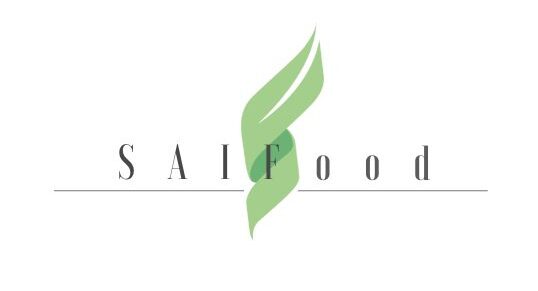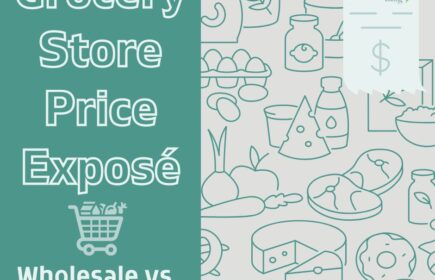Two years ago, food price inflation was rampant, with monthly year-over-year increases in excess of 10%. Statistics Canada’s Consumer Price Index for March 2024 indicated that the price for their basket of food items dropped by $8.42 from the same basket in February 2024. Their total basket cost in February was $630.88 and $622.46 in March. In terms of percentages, this $8.42 represents a decrease of 1.3%. While Statistics Canada is reporting a national decrease in the cost of groceries, it certainly doesn’t seem to be the case when Canadians are in grocery stores shopping.
Grocery Wholesale Costs
We have all heard of wholesale stores like Costco or Wholesale Club. These stores’ jumbo packs of goods are just a glimpse at true grocery wholesalers who buy the food items to be sold to these stores and other grocery retailers. The difference between the wholesale cost of bundled food items and the per-item cost in grocery stores can be staggering. As an example, a case of English cucumbers that are wrapped in cellophane has a wholesale price of $5 per case of 16 or 34¢ each. In a typical grocery store, these same English cucumbers sell for up to $2 each. A case of 60 seedless watermelons has a wholesale price of $425, or $1.18 per watermelon. Depending on the grocery chain and location, grocery store retail prices can be upwards of $10 each. These prices have been confirmed by a grocery purchase agent.
These product price mark-ups seem incredibly high. The English cucumbers are sold in stores at a price that is 6 times higher than the wholesale price and the watermelon sell at a price that is 9 times higher. Retail prices are far higher than wholesale prices. But this isn’t the whole story.
Why are Wholesale and Retail Prices so Different?
The cost of the food items that stock grocery store shelves is but one expense. Grocery stores have many other costs, such as wages, heating, electricity, equipment, insurance, lease costs, etc. These are known as fixed costs. All these costs are factored into the retail price of items, which results in the retail price being considerably higher than the wholesale price.
The question that all Canadian consumers are seeking answers to is: how much of the retail price is used to cover the fixed costs and how much is profit? Ideally, this should be the role of the Standing Committee on Agriculture and Agri-Food, when in 2023, they investigated food price inflation in their report, Grocery Affordability: Examining Rising Food Costs in Canada. While this report provided 13 recommendations to the federal government designed to contribute to reducing food prices, there has been virtually no downward movement of food prices.
Grocery Retail Profits
Retail profits have been substantial in the past year. For the quarter ending March 31, 2024, Loblaws reported income of $13.5 billion, with net earnings of $459 million. Loblaw’s 2023 financial report states that food retail sales increased by 3.9%. Sobey’s net earnings for their latest quarter were $134 million from sales of $7.5 billion. Metro reported net earnings of $187 million on sales of $4.6 billion.
The challenge is that these retail companies own much more than just grocery stores. Loblaw’s has very diversified holdings, such as real estate, drug stores and financial institutions. There is no requirement for these firms to report revenues and profits for the different sectors of their corporate profile. Additionally, there are no requirements to report sales and profits in grocery stores for directly consumable food items and non-food items. Profit margins on dog food, brooms, cookware, lightbulbs, cards and the many other items that are sold in grocery stores that are not consumable may be very different from those of food items. However, it’s very difficult to know.
Continue to Investigate the Prices and Profits
As part of the effort to better investigate profits within the grocery retail sector, I will be working to undertake a thorough investigation of the price difference between wholesale and retail prices. This work will be done over the next few months, with blogs being published following SAIFood’s summer break.


